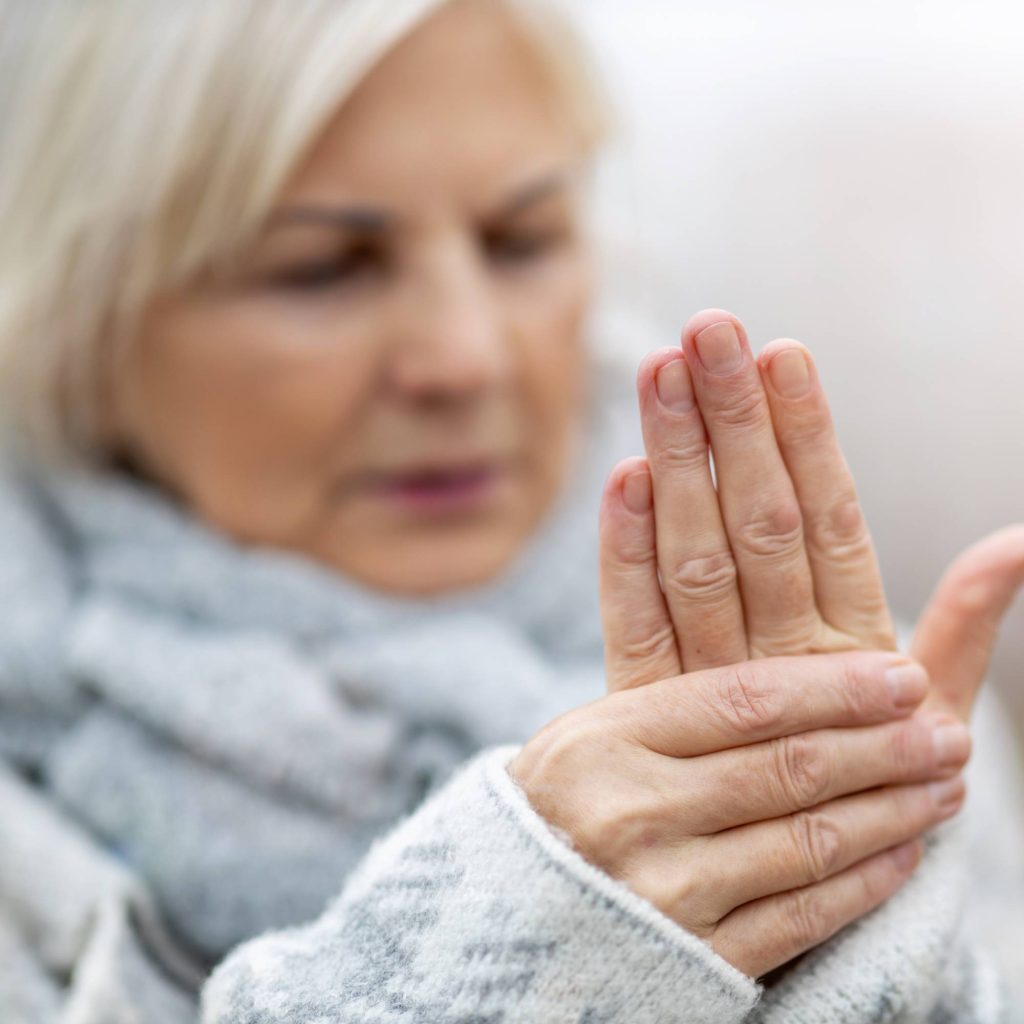
When the temperature drops, many people with arthritis say they can “feel it in their bones and joints.” Achy joints, stiffness, and reduced mobility often seem to worsen as the weather turns cold. But why does this happen? and what can you do to manage arthritis pain during the winter months?
Let’s explore the science behind arthritis and cold weather, plus practical tips to stay comfortable and active all season long.
Why Cold Weather Makes Arthritis Worse
While research hasn’t pinpointed one single cause, there are a few likely reasons why arthritis symptoms flare up when it’s cold outside:
strong>1. Barometric Pressure Changes
When the air pressure drops before cold or damp weather, tissues in the body may expand slightly, putting more pressure on joints and nerves — especially those already inflamed by arthritis.
2. Muscle Tightness
Cold temperatures make muscles and tendons tighten up, which can reduce joint flexibility and increase stiffness or pain.
3. Reduced Activity
People naturally move less during winter. Less movement means stiffer joints, weaker muscles, and poorer circulation — all of which can worsen arthritis discomfort.
4. Circulation Changes
Cold weather can slow blood flow to the hands, knees, and feet. That reduced circulation can make joints feel painful or swollen.
You can’t control the weather, but you can control how your body responds. Here are some proven ways to ease arthritis pain when it’s cold:
1. Keep Warm
- Dress in layers to trap heat.
- Use gloves, knee sleeves, or thermal wraps to keep joints warm.
- Consider using an electric heating pad or warm bath to loosen stiff joints.
2. Stay Active
Low-impact exercises like walking, swimming, or yoga can help keep joints flexible and boost circulation. Even gentle stretching indoors can make a big difference.
3. Maintain a Healthy Diet
Anti-inflammatory foods such as salmon, nuts, berries, olive oil, and leafy greens can help reduce inflammation from the inside out. Avoid excess sugar and processed foods, which may worsen inflammation.
4. Stay Hydrated
Cold weather often makes people forget to drink water. But dehydration can thicken joint fluid, making movement more painful.
5. Protect Your Joints
Use supportive footwear, avoid heavy lifting, and consider assistive devices if needed to reduce strain on painful joints.
When to See a Doctor
If your arthritis pain suddenly worsens or limits your daily activities, talk to your healthcare provider. You may need to adjust your treatment plan, physical therapy routine, or medications to get better relief during winter.
Final Thoughts
Cold weather doesn’t have to mean constant arthritis pain. By staying warm, active, and mindful of your body, you can manage symptoms effectively all year long. Listen to your joints they’ll tell you what they need most: movement, warmth, and care. If you have any questions or concerns please all our office at Brucato Foot and Ankle Surgery for an appointment today!
